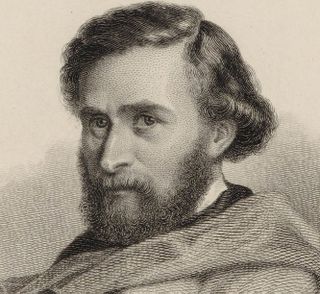Annotation:Bridal Polka (1): Difference between revisions
No edit summary |
No edit summary |
||
| Line 1: | Line 1: | ||
{{TuneAnnotation | {{TuneAnnotation | ||
|f_tune_annotation_title=https://tunearch.org/wiki/Annotation:Bridal_Polka_(1) > | |f_tune_annotation_title=https://tunearch.org/wiki/Annotation:Bridal_Polka_(1) > | ||
|f_annotation='''BRIDAL POLKA [1]'''. AKA and see "[[Jenny Lind (1)]]," "[[Jenny Lind's Favourite]], "[[Murphy's Polka]]." English, Irish; Polka (2/4 time). D Major ('A' part), A Major ('B' part), G Major ('C' part), & D/G Major ('D' part). Standard tuning (fiddle). AABBAACCD. The melody was composed in 1846 by German violinist and composer Anton Wallerstein (1813-1892) as "Jenny Lind's Lieblings-Polka," also known as "Jenny Lind's Favourite" or "Jenny Lind's Polka." It was his musical tribute to soprano Jenny Lind (1820-1887), "The Swedish Nightingale", who became the toast of Europe in the 19th century. Jenny was so popular that in 1850 P.T. Barnum secured her for 150 performances in the United States at the then-astounding remuneration of $1,000 per show. [[File:wallerstein.jpg|320px|thumb|right|Anton Wallerstein]] | |f_annotation='''BRIDAL POLKA [1]'''. AKA and see "[[Jenny Lind (1)]]," "[[Jenny Lind's Favourite]], "[[Murphy's Polka]]." English, Irish; Polka (2/4 time). D Major ('A' part), A Major ('B' part), G Major ('C' part), & D/G Major ('D' part). Standard tuning (fiddle). AABBAACCD. "Bridal Polka" is a variant of the well-known "[[Jenny Lind (1)]] Polka. The melody was composed in 1846 by German violinist and composer Anton Wallerstein (1813-1892) as "Jenny Lind's Lieblings-Polka," also known as "Jenny Lind's Favourite" or "Jenny Lind's Polka." It was his musical tribute to soprano Jenny Lind (1820-1887), "The Swedish Nightingale", who became the toast of Europe in the 19th century. Jenny was so popular that in 1850 P.T. Barnum secured her for 150 performances in the United States at the then-astounding remuneration of $1,000 per show. [[File:wallerstein.jpg|320px|thumb|right|Anton Wallerstein]] | ||
<br> | <br> | ||
<br> | <br> | ||
Latest revision as of 01:14, 21 March 2022
X:1 T:Bridal Polka [1], The M:2/4 L:1/8 R:Polka S:James Goodman (1828─1896) music manuscript collection, S:vol. 3, p. 134. Mid-19th century, County Cork Z:AK/Fiddler’s Companion K:D A/G/|FA B/A/B/c/|Af gf|Ad fe|Ad ed| AF B/A/B/c/|Af gf|Ad fe|ddd:| |:e/f/|gf e/d/c/d/|ed d/c/B|dc c/B/A|cB B/A/G| gf e/d/c/d/|ed d/c/B|dB c/B/A|GGG:|]

The tune appears in the large mid-19th century music manuscript collection (vol. 3, p. 134) of County Cork cleric and uilleann piper Canon biography:James Goodman under the title “The Bridal Polka." It was also entered as an untitled piece in Book 3 of the large c. 1883 music manuscript collection of County Leitrim piper and fiddler biography:Stephen Grier (c. 1824-1894). The first and third strain of this tune form "Bridal Polka (2)", found in the late 19th century manuscript of County Cavan musician Thomas McGuire. It was recorded in 1922 by Chicago piper Tom Ennis as "Murphy's Polka."

